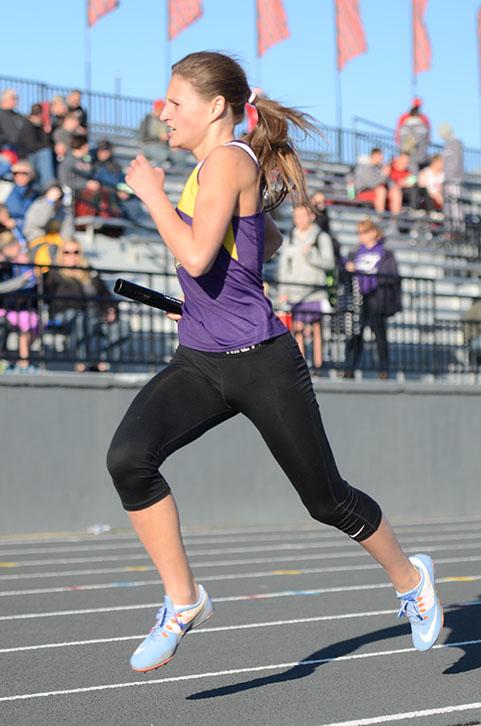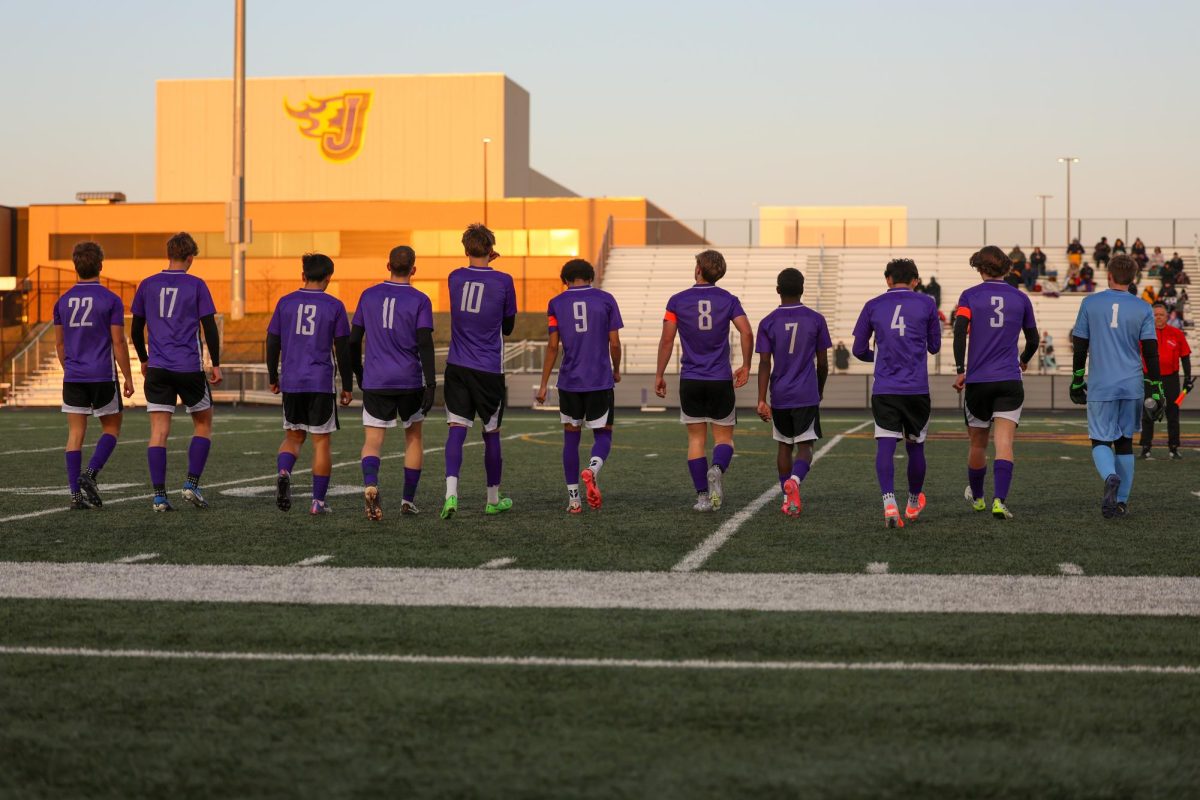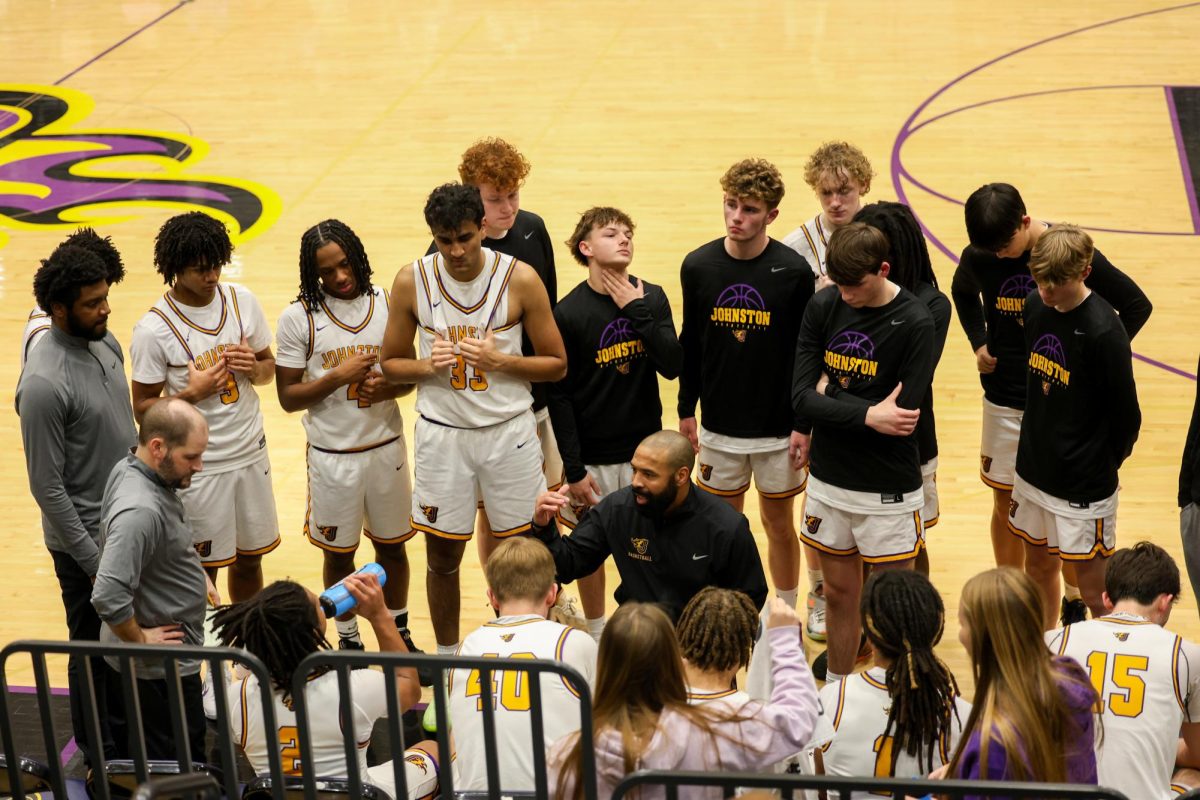With fast heart beats and asphalt stained fingertips, the girls’ track team strives to run faster than all other high schools in Iowa in order to qualify for the Drake Relays’ newly set and shortened qualification times. Despite the demanding time cuts and stiff competition this year, sophomore Jessica Mckee reflects on the experience as being one her favorite yet in her high school career. “The best part is getting to run against all of those amazing girls,” McKee said. “They’re the best of the best, so I feel honored to have raced in such a competitive environment.”
The Drake Relays builds a reputations for itself through competition and challenge for high schools by decreasing its qualification times, specifically so this year with the 4×800 relay and 3000 individual race. This year the cut-off time for the 4×800 was set at 9:41, as opposed to last year’s time set at 9:48. As for the 3000, the cut-off was 10:36 this year which is 16 seconds faster than last year’s time of 10:52. Once all high schools submit their time trials for races they wish to compete in, Drake only accepts 16 teams with the fastest times. Johnston had the 15th best qualifying time for the 4×800 and 13th best at the Relays April 30.
A common trend over the past decade has been qualification times consistently get shorter and shorter each year. One of Mckee’s relay partners, senior Sara Ness qualified for the Drake Relays both her sophomore year and senior year. “My times this year were pretty consistent with past years,” Ness said. “I do think that everyone, including myself, is getting better as each season progresses.” Ness further explained that despite times crunching, she felt as confident running the Relays as much as she did any other race in her track career. Mckee also said that her 800 time had decreased by five seconds since freshmen year and that reassured her that she would be successful against the other 16 relay competitors.
Another challenge the girl’s had to prepare for was the rearrangement of a few events. Specifically, the 3000 and the high jump were moved to Thursday night as opposed to Friday or Saturday, which meant that athletes competing in those events have a generally smaller crowd cheering for them. To ensure that his team is supportive each day of the Relays, coach Patrick Hennes discussed the overarching message he teaches every practice. “Our goal as coaches is to bring a diverse group of individuals together to work toward a common goal,” Hennes said.
In preparing for the most prestigious meet of the season, Ness described training for the Drake Relays as centered around strength and focusing on reducing distance times. Running every weekday and working on strength building every three days, Ness felt that this new workout schedule was what helped her most pick up speed. “That’s something that we have incorporated more this year and I feel like that is what is helping the most,” she said. “No matter what distance or event you specialize in, it always helps to get stronger.”
While cherishing the time to catch a breath, most runners choose to sit back and relax when they’re not racing. However, this year’s weather was less than compatible for laying out and tanning like most years. “After the race was especially the worst, we just sat in the rain,” Ness said. “We just tried to embrace it since we knew everyone else had to deal with the same conditions. In a more positive light, Ness and Mckee also explained how every Friday night of the Relays the entire team goes out for dinner at the local Drake Diner for team bonding before the last day of the race.







